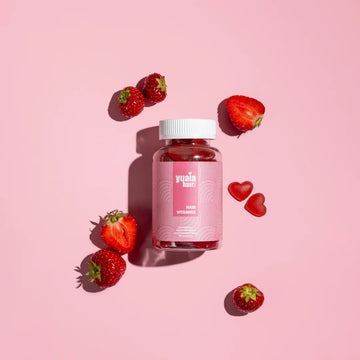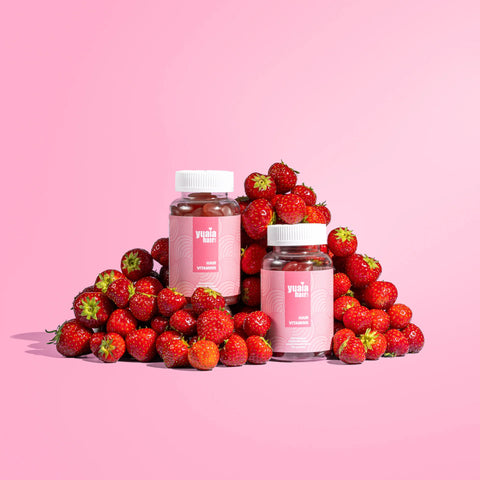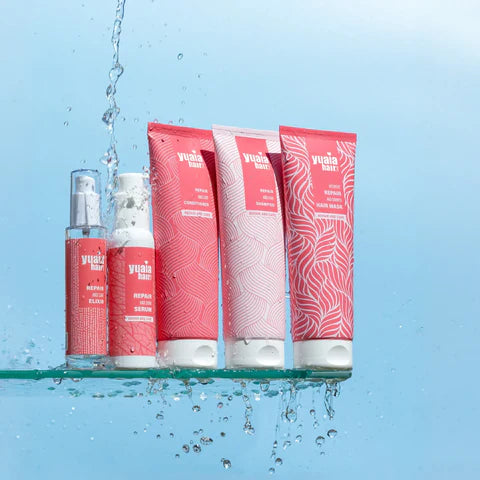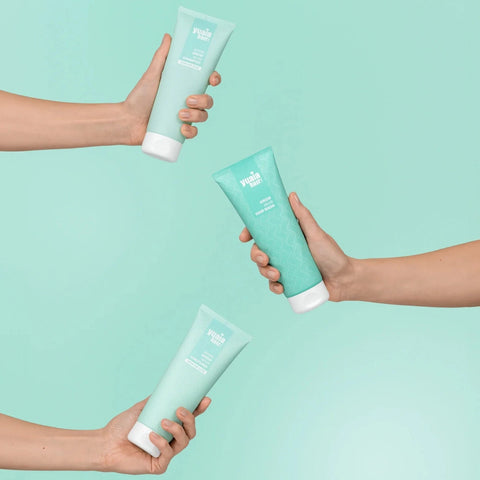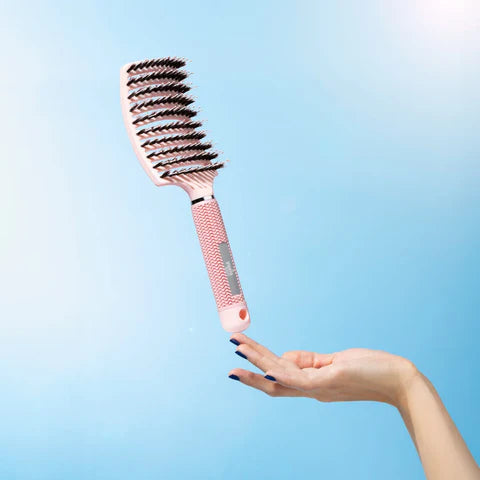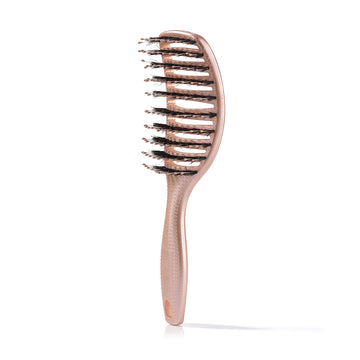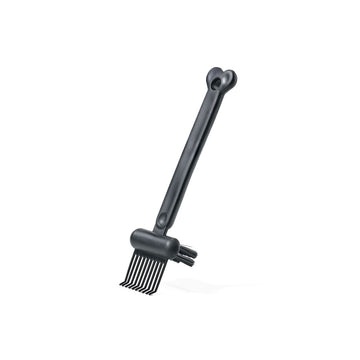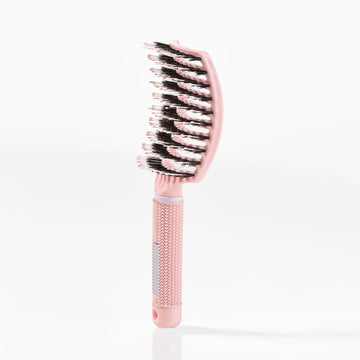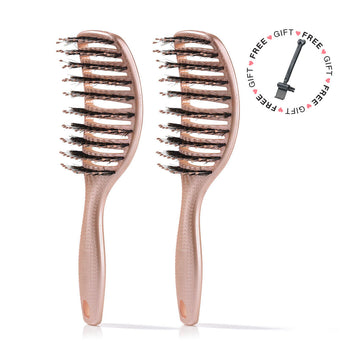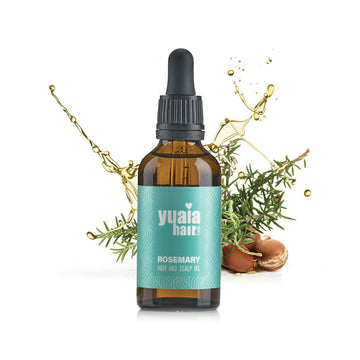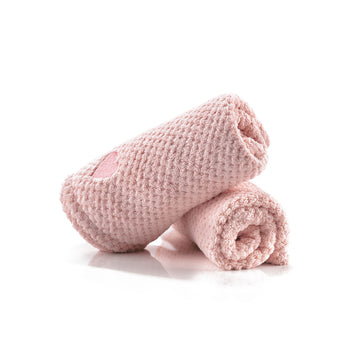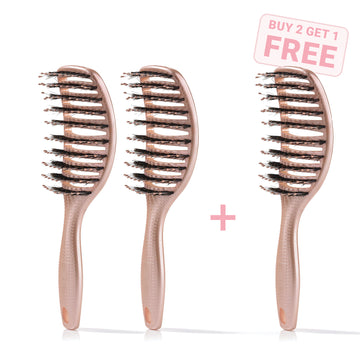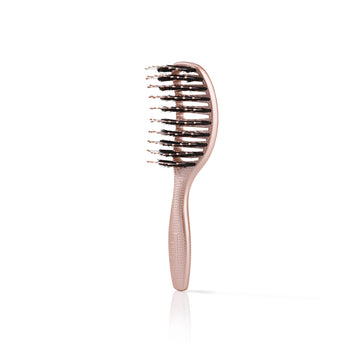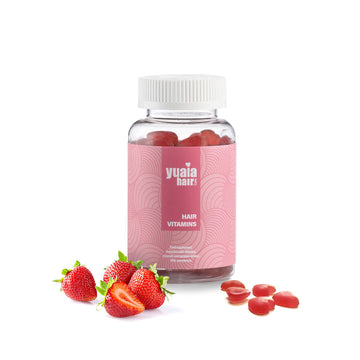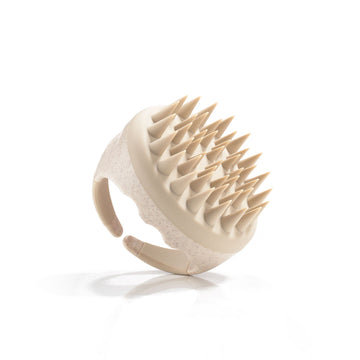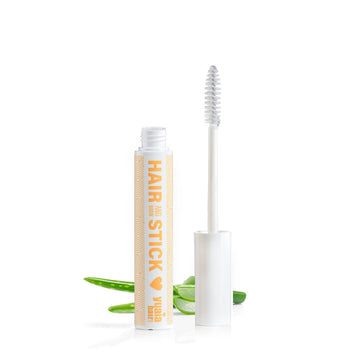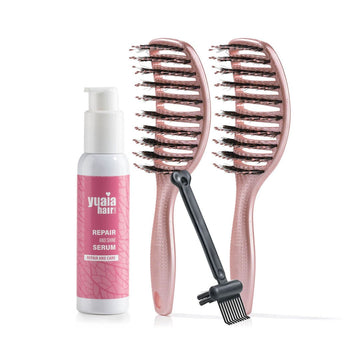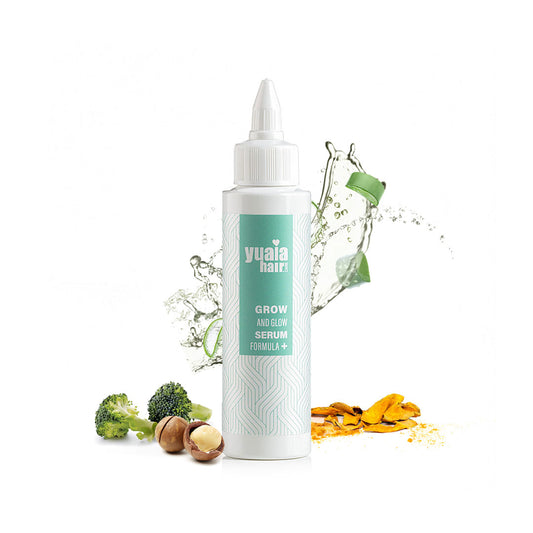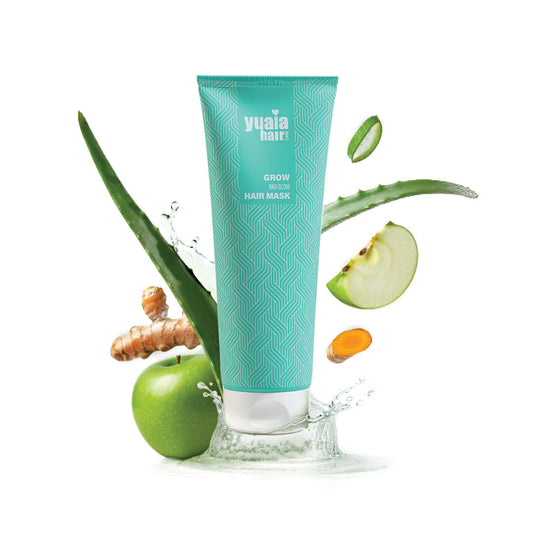
The structure of the hair
Hair structures are complex and consist of several different layers. Hair follicles, located deep in the skin, are responsible for hair growth and the production of hair follicles. These hair follicles produce the protein keratin, which makes up the hair itself. The hair layer also consists of different skin layers around the follicles.
Keratin: The most important component of hair
Definition of Keratin:
Keratin is a protein that makes up the main component of hair. It is formed in the hair follicles and is responsible for giving the hair its strength and structure. These are the building blocks of the hair.
The function of keratin in the hair:
Keratin acts as a protective barrier that helps retain moisture in the hair strands. It also contributes to making the hair more elastic and resistant to damage from environmental influences.
Production and formation of keratin:
Keratin formation takes place in the deeper layers of the skin, where the cells are gradually transformed into keratin cells. These cells grow upwards through the follicles and form the outer protective layer around the hair shaft. This process ensures continuous production of new keratin to maintain healthy hair.

Other components of the hair
Melanin is the pigment that gives hair its natural color. It is produced by the hair follicles and is found in the pigmented cells around the hair shaft. Lipids and fatty acids form a protective layer around the hair strands, which keeps them healthy and strong. Minerals and proteins play an important role in strengthening the structure of the hair strands by supplying them with necessary nutrients. These components ensure healthy growth and maintain the quality of the hair over time.
Hair types and structures
Fine hair is thin and has a smooth texture. It may be more prone to damage and tend to look flat. Medium hair is medium in thickness and usually has a versatile texture that can be styled in a variety of ways. Coarse hair is thick and coarse in texture, making it more resistant to damage.
The texture of the hair can be straight, wavy or curly depending on the shape of the hair shaft. Straight hair is even and without much natural fall or bend. Wavy hair has small bends or arches along the hairline that give it a natural volume look. Curly hair forms spirals or pretzels throughout the length of the hair.
Types of hair: Fine, medium and coarse
Factors such as genetics, hormones and lifestyle affect hair type. Fine hair is characterized by being thin and light. It can get greasy easily and often looks flat. Medium hair has a medium thick texture and is more flexible than fine hair. It tends to have more fullness and volume than fine hair. Coarse hair is characterized by being thick, stiff and coarse in texture. It can be difficult to style, but it also tends to have more natural volume.
The properties of the different hair types make them unique in their own way - from fine hair that quickly becomes greasy, medium hair that gets a good balance between fullness and flexibility, and coarse hair with its natural volume, although it can be a little difficult when you want a certain look or hairstyle
Hair texture: Straight, wavy or curly
The reasons for different hair textures can be genetic and depend on the individual's ethnic background. Characteristics of straight hair include a smooth and stretchy texture as well as the tendency to get greasy more quickly than other hair types. Wavy hair has a natural wavy shape that can vary from light waves to more pronounced curls. Curly hair is characterized by tight spiral curls that often have a thicker diameter than the other two hair types.
The differences between wavy and curly hair lie primarily in the degree of curl and definition in the curls. While wavy hair usually has looser, more defined bends, or curly hair is typically more tangled with less definition in the patterns. It can also be more difficult to manage and tend to increase frizz due to the natural porosity of this type of hair.

Hair growth and loss
Hair is made of a protein called keratin that is produced in the hair follicles. Keratin gives hair its strength and elasticity. The hair growth cycle consists of three phases: anagen (growth), catagen (transition) and telogen (rest). Various factors such as genetics, hormones, age and stress can affect hair growth as well as cause hair loss. It is important to identify the causes of hair loss in order to find the best treatment or preventive method. You can read more about the causes of hair loss here.
Hair growth cycle
During each of these phases, the hair undergoes different processes and changes in its structure. Understanding these phases can help us understand how our hair works and changes over time.
Hair mask with keratin
From Keratin to Melanin: The Elements That Define Your Hair
Your hair is more than just a fashion statement; it's a complex structure made up of various elements that determine its color, texture, and strength. Understanding these elements can help you better care for your hair and appreciate its natural beauty. So, if you are wondering about - what is hair made of, then read on.
1. Keratin: The Building Block of Hair
Keratin is a protein that makes up the majority of your hair's structure. So, when it comes to understanding - ‘What is hair made out of?’ Keratin is a key building block of hair. It is a strong, fibrous protein that gives your hair its strength and resilience. Without enough keratin, your hair can become weak and prone to breakage. Hair is primarily composed of keratin, a protein produced in hair follicles. Keratin gives hair its strength, structure, and elasticity.
2. Melanin: The Pigment That Gives Hair Its Color
Melanin is the pigment responsible for the color of your hair. It is produced by melanocyte cells in the hair follicles and comes in two forms: eumelanin, which is responsible for brown and black hair colors, and pheomelanin, which is responsible for red and blonde hair colors. The amount and type of melanin in your hair determine its color, texture, and even its resistance to UV damage.
3. Lipids: The Moisture Barrier
Lipids are fatty substances that help to maintain the moisture balance of your hair. They form a protective barrier around the hair shaft, preventing moisture loss and keeping your hair hydrated and healthy. Without enough lipids, your hair can become dry, brittle, and prone to breakage.
4. Minerals: Essential Nutrients for Hair Health
Minerals such as iron, zinc, and magnesium are essential for healthy hair growth. Iron, for example, is needed for the production of hemoglobin, which carries oxygen to the hair follicles. Zinc helps to maintain the health of the hair follicles, while magnesium is involved in the synthesis of keratin.
5. Water: The Essential Moisture
Water makes up about 10-15% of the weight of your hair. It helps to maintain the elasticity and flexibility of your hair, making it less prone to breakage. Dehydration can lead to dry, brittle hair, so it's important to drink plenty of water and use moisturizing products to keep your hair hydrated.
Conclusion
So, when it comes to understanding - what is human hair made of? You must know that your hair is a complex structure made up of various elements, each playing a crucial role in its health and appearance.

Hair Anatomy: The Essential Components of Your Locks
Your hair is a fascinating structure. If you are wondering - What is hair made of? It is made up of several essential components that work together to give you the hair you have. Understanding the basics of hair anatomy can help you appreciate your locks and take better care of them.
1. Hair Follicle: The Root of It All
To answer the question - what is hair made out of. The hair follicle is a small tube-like structure in the skin where your hair begins to grow. It contains the hair bulb, which is responsible for producing new hair cells. The shape of the hair follicle determines the texture of your hair, whether it's straight, curly, or wavy.
2. Hair Shaft: The Visible Part of Your Hair
The hair shaft is the part of your hair that is visible above the skin's surface. It is made up of three layers: the cuticle, the cortex, and the medulla. The cuticle is the outermost layer and acts as a protective barrier for the inner layers of the hair shaft.
3. Cuticle: The Protective Layer
The cuticle is the outermost layer of the hair shaft and is made up of overlapping scales. It protects the inner layers of the hair shaft from damage and helps to keep the hair moisturized.
4. Cortex: The Strength of Your Hair
The cortex is the middle layer of the hair shaft and is responsible for giving your hair its strength, elasticity, and color. It contains keratin, a protein that makes up the majority of your hair's structure.
5. Medulla: The Innermost Layer
The medulla is the innermost layer of the hair shaft and is present only in thick hairs. Its function is not well understood, but it is thought to play a role in the overall structure and strength of the hair.
Conclusion
So, to explain - what is human hair made of? Your hair is a complex structure made up of several essential components, each playing a crucial role in its health and appearance.
Frequently Asked Questions
What is the main component of hair?
The main component of hair is keratin, a strong and fibrous protein that gives hair its structure, strength, and elasticity.
What gives hair its color?
Hair color is determined by melanin, a pigment produced by melanocyte cells in the hair follicles. The type and amount of melanin decide whether your hair is blonde, brown, black, or red.
What are the layers of a hair strand?
Each hair strand is made up of three main layers: the cuticle (outer layer), the cortex (middle layer), and the medulla (innermost layer, present only in thick hairs).
How does water affect hair health?
Water helps maintain the elasticity and flexibility of hair. Dehydration can make hair dry and brittle, so it’s important to keep hair hydrated for optimal health.
What role do minerals play in hair growth?
Minerals like iron, zinc, and magnesium are essential for healthy hair growth. They support the production of keratin and help maintain the health of hair follicles.
 2-5 day delivery
2-5 day delivery
 25.000+ satisfied customers
25.000+ satisfied customers
 Satisfaction Guarantee
Satisfaction Guarantee

